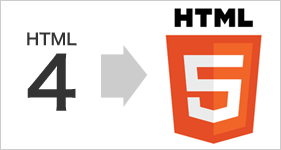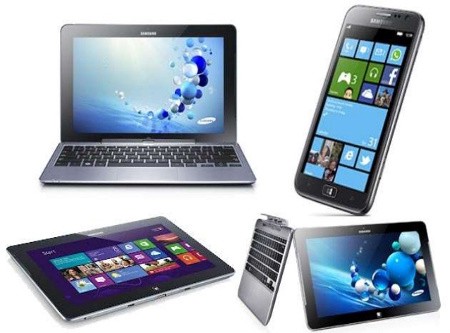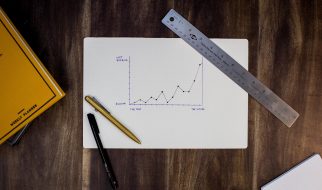
WHAT IS HTML5?
HTML5 is a programming language whose acronym stands for Hyper Text Markup Language. It is a system that allows the modification of the appearance of web pages, as well as making adjustments to their appearance. It also used to structure and present content for the web.
With HTML5, browsers like Firefox, Chrome, Explorer, Safari and more, can know how to display a particular web page, know where the elements are, where to put the images and where to place the text.
Apart from HTML5, there are other languages that are necessary to give format and interactivity to a site, but the basic structure of any page is first defined in the HTML5 language.
MAIN APPLICATIONS

The main virtues of HTML5 over its predecessor (HTML4) is that you can add multimedia content without using Flash or another media player. Thanks to HTML5, users can access websites without being connected to the Internet. Added to this is the drag and drop functionality, as well as the online editing of documents that has been popularized by Google Docs. Additionally, here are the possibilities that you have when you use HTML5:
MULTIMEDIA ELEMENTS

Using the <video>and <audio> HTML5 tags, we can add multimedia elements without using Adobe Flash or any other third-party plugin. All the action happens from the browser itself, which can help reduce the size of the final version file. For example, we can include product presentation videos, video reviews, podcasts, music samples, etc. The addition of these two tags expands the usage of HTML5.
Also, you can upload your videos to third-party sites like Vimeo or Youtube, and embed them in your new website. This is one of the most preferable options, because despite placing multimedia elements, the final size of your file is not affected.
GEOLOCATION

Geolocation allows the site to detect the location of each user who enters the website. This can have various uses. For example, to offer language options depending on the user?s location, improving the user experience.
It is a feature that requires user approval as it can compromise their privacy. This is why this option cannot be activated if the user does not approve it.
APPLICATIONS

One of the main features of developing HTML5 applications is that the final result is completely accessible. That is, you can access this application from a computer, tablet or mobile phone. Even if you change devices, you can still access the web application via the respective URL, which is not the case with a mobile application.
Most web applications run from the cloud. A common example is mail clients like Gmail, which also have a mobile application.
ADVANTAGES
IT?S FREE

You don?t need any special software to start programming in HTML5, you can even start programming in a notepad, save the document as HTML and view it from any browser. However, you can use a free code editor like Notepad+++, Atom, Eclipse, which offers basic functions like color differentiation between tags and content. It?s really recommended to use a code editor instead of a text file, as it doesn?t separate tags from content and can be more complicated to make corrections.
STRUCTURE

Through the incorporation of new tags such as: <header>, <section> or <footer>, among others, the HTML document can be structured in different parts, providing not only an appearance but also semantic content to our entire website.
HTML code can be easily separated between tags and content, allowing the developer to work more effectively and detect errors more quickly.
The tags are clear and descriptive, so the developer can start coding without any problems. It?s really easy and simple language to understand in this new version.
BROWSER-COMPATIBLE

Modern and popular browsers such as Chrome, Firefox, Safari and Opera support HTML5. In other words, no matter which browser you use, the content can be viewed correctly. The only problem would be to consider users using older browsers, as not all new HTML5 functions and tags are available in those browsers.
You can check which HTML5 features each browser supports on the ?Can I use? page and find out in advance if there are any features of your website that might be a problem in these past versions of browsers.
ADAPTIVE DESIGN

Any page made in HTML5 is compatible with both computers and mobile devices. In other words, you can set the mobile specification from the HTML document itself.
This is probably the most useful feature of the HTML5 language, because it allows users to access any web page or application from a mobile device as easily as they would from their computer.
We can conclude that the development of HTML5 has been both an ambitious and elaborate project that has led to great progress in the world of programming. The majority of the most important websites and web applications implement its features today. This makes HTML5 a valuable tool for any programmer to master.



